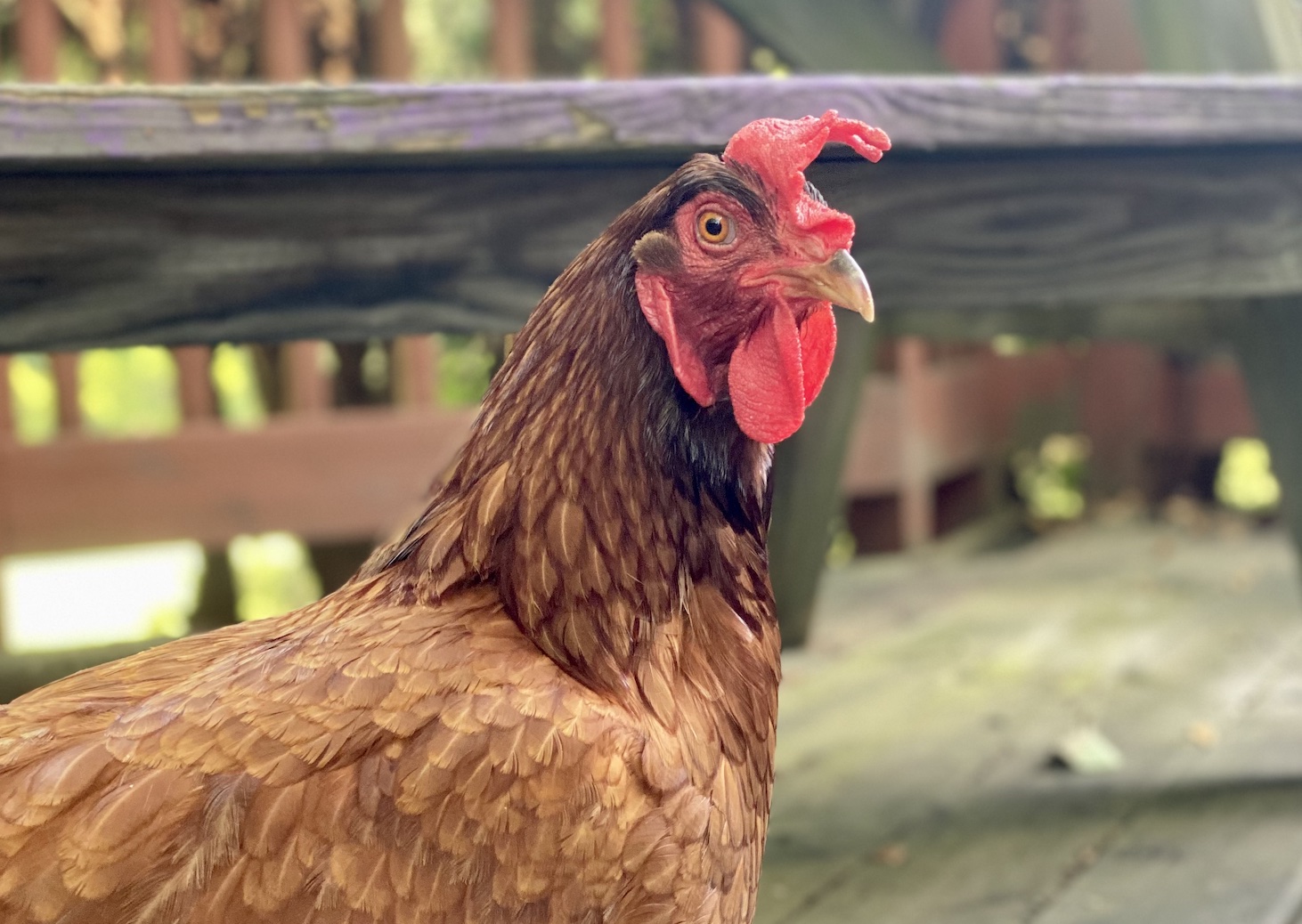
Rhode Island Red Heritage Chickens | Foundation Breeds
The American Poultry Association Standard of Perfection lists the Red Malay, the Brown Leghorn, and “Asiatic Native stock” as the foundation breeds. Other sources list the Shanghai chicken, which may refer to the Cochin, or could have been the Malay-like precursor to the Cochin. The Livestock Conservancy also lists the Java as a foundation breed, specifically the Auburn Java.
Rhode Island Red Heritage Chickens | History
Some breeds of chicken have a history that you see repeated over and over without any in depth research and documentation. In the case of the Rhode Island Red, here’s what you usually read: Rhode Island Reds were developed in New England during the late 19th and early 20th centuries. We did some in depth research because we wanted a better picture of the Rhode Island Red’s development.
The story starts – as so many do – with the captain of a fishing boat. Somewhere in the early 1850s, before the Civil War, before the U.S. was even 100 years old, Captain William Tripp acquired a Red Malay cockerel. At least one source says he bought it off of an English sailor, but the important part is this: Captain Tripp took his new Red Malay rooster home to New England and let it start breeding with his hens. Captain Tripp was very pleased with the resulting offspring. They reportedly laid more eggs than his other hens and worked very well as dual purpose birds.
Captain Tripp showed the birds to one of his close friends, John Macomber. Macomber ended his visit by taking some of Captain Tripp’s new crossbred birds to breed with his own chickens. The two men embarked on this breeding project, occasionally bringing in other breeds (including Brahmas/Chittigong, Javas, Cochins/Shanghai, etc.) and trading back and forth to minimize inbreeding. At this point in time, the birds did not have a standard appearance and were hatching with straight, rose, and even pea combs.
Eventually, the word got out (as it always does) that Macomber and Tripp had created an improved breed of chicken. Local farmers started buying birds from them and calling the chickens Macombers or Tripp’s Fowl. One of the farmers who bought stock from the pair was a man named Isaac Wilbour.
Wilbour ran a large egg farm in Little Compton Rhode Island, supplying eggs to the Boston and Providence markets. When he heard about these new chickens, he wanted to give them a try. Wilbour was the grandson of Isaac Wilbour, one of the early Governors of Rhode Island. He was very well connected socially and financially, and he is the person who really put the Rhode Island Reds on the map.
Wilbour brought his newly purchased Tripp’s Fowl home and started breeding them. He wanted to continue producing a dual purpose bird, but also wanted them to be great layers to support his egg business. He also wanted them to have large enough frames to deal with the cold New England winters. While we found nothing to prove this theory, we wonder if Wilbour was the breeder who added Brown Leghorn – which arrived in the U.S. in 1853 or earlier – to this mix for maximum egg production. Regardless, he carried on with breeding and in the late 1890s, two professors from the Rhode Island Agricultural Experiment Station – now known as the University of Rhode Island – came to visit his farm to see the chickens. They were extremely impressed and asked him to name this new breed. He chose Rhode Island Red.
…
blog.mcmurrayhatchery.com
Feed Name : Murray McMurray Hatchery Blog
Backyard Chickens,Backyard Poultry,Chicken Breeds,Chickens,Coffee with the Chicken Ladies,Guest Articles,Heritage Breeds,backyard chickens,Best of Breeds,breed spotlight,breeds,Brown Egg Layer Assortment,brown egg layers,chickens,day-old baby chicks,family-friendly chicken breeds,Heritage Breed Poultry,Heritage Breed Spotlight,poultry,Rhode Island Red,The Livestock Conservancy
hashtags : #Coffee #Chicken #Ladies #Breed #Spotlight #Rhode #Island #Reds






Leave A Comment